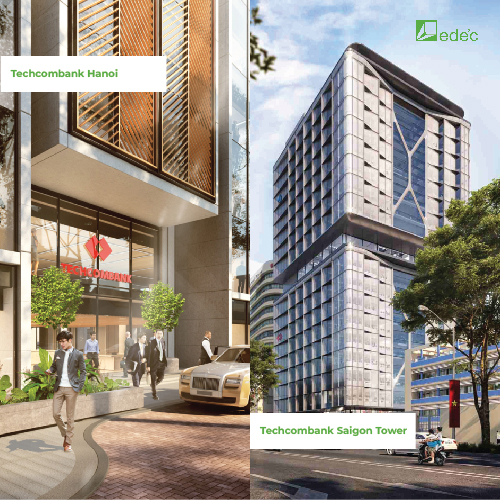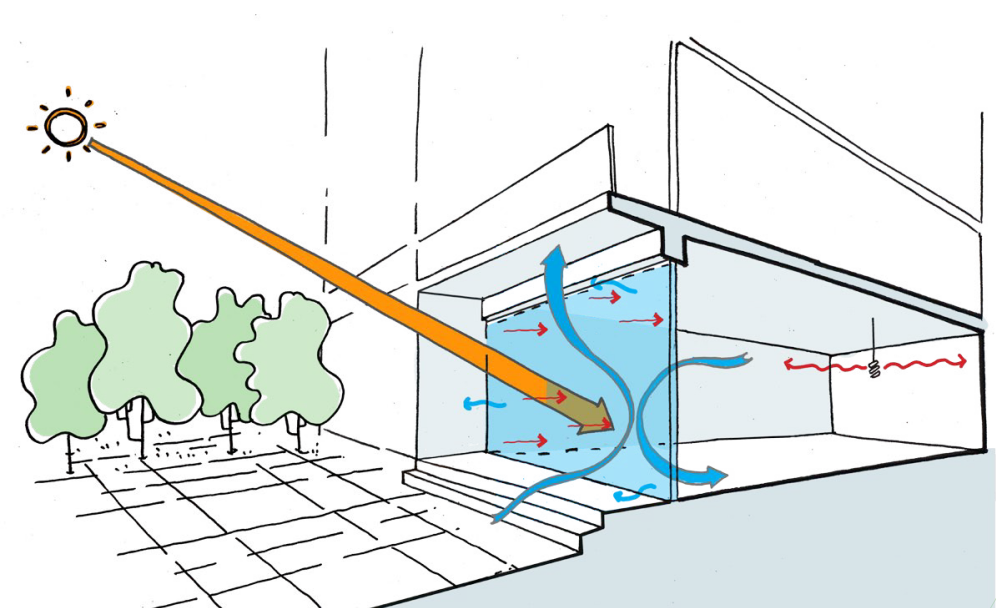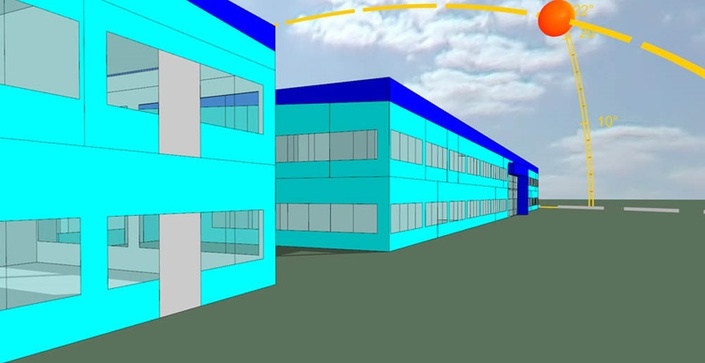RESOURCES
Human thermal comfort
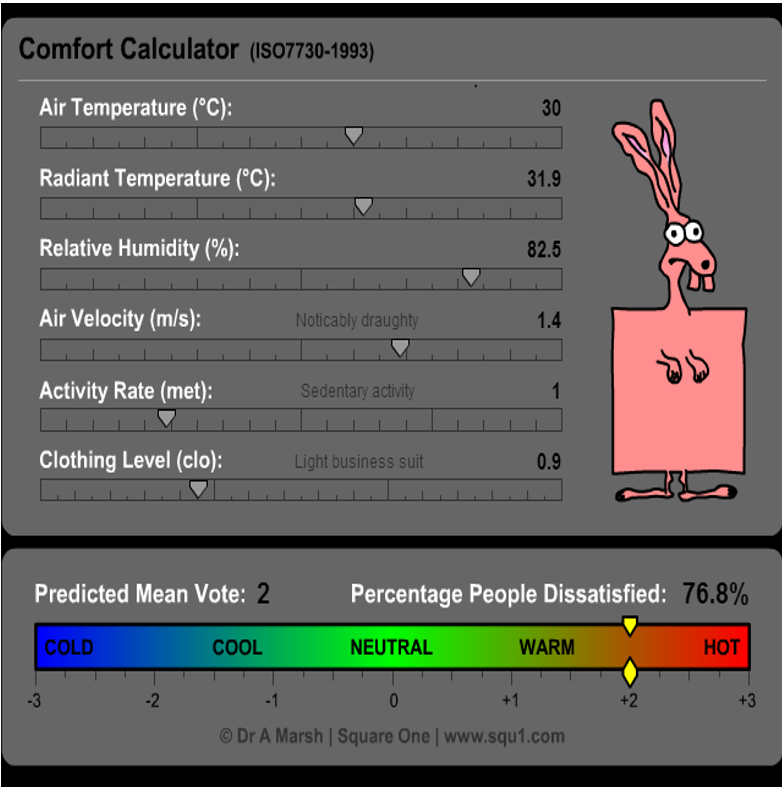
Energy-efficient buildings are only effective when the occupants feel comfortable. If uncomfortable, then they will choose solutions and means to actively heat or cool the room such as heaters or window air conditioners that are less efficient than typical heating, ventilation, and air conditioning (HVAC) systems.
Measuring thermal comfort is difficult because it is highly subjective. It depends on air temperature and humidity, radiant temperature, air velocity, activity level, and type of clothing. However, each person experiences these sensations quite differently depending on their physiology and state. The sensation of feeling cold will be pleasant when the body is overheated but will discomfort when the body is already cold inside. At the same time, the skin surface temperature in different parts of the body is also not uniform due to the difference in blood flow and subcutaneous fat. The insulation properties of clothing also have a significant effect on the temperature level and distribution of skin temperature. Therefore, the perception of any part of the skin depends on the time, place, and clothing as well as the temperature of the surrounding environment.
Influencing factors to thermal comfort
There are six variables considered to influence thermal comfort, including:
• Metabolic rate (amount of energy expended from the human body)
• Clothing insulation (materials used to retain or remove body heat
• Air temperature ( Ambient temperature)
• Radiant temperature (the temperature of the surfaces around us)
• Air velocity (the rate at which air moves around and touches the skin)
• Relative humidity (percentage of the water vapor in an air-water mixture)
Environmental variables consist of temperature, relative humidity, radiant temperature, and air velocity. Human-related ones include activity rate (which in turn affects metabolic rate) and clothing.
Thermal comfort is calculated when the heat of energy exchange is balanced. Heat is exchanged through radiation rays due to the temperature difference between the surfaces and the human body, due to contact and convection with the body, and balanced with the metabolic rate of the human body.
Heat exchange takes place between the surroundings and the human body, typically covering an area of about 19 square feet. If the amount of heat lost from the human body is greater than the amount of heat transferred to the body, the comfort level is considered “cold”. Conversely, if the heat gain is greater than the heat loss, the comfort level is considered “hot” or “warm”.
One measure of thermal comfort offered by Ole Faner is the Predicted Mean Vote (PMV) and the Predicted Percentage of Dissatisfied (PPD).
PMV – Predicted Mean Vote
The PMV index refers to a temperature scale from Cold (-3) to Hot (+3), originally developed by Franger and later adopted as an ISO standard. The original data were collected by experimenting on a large number of people (thousands of Israeli soldiers) under different conditions in a climate chamber and having them choose a position on the scale that best describes their comfort. From the experimental data, a mathematical model of the relationship between environmental factors and experimental physiology was inferred. The results relate the levels of the 6 comfort variables to each other through the principles of thermal balance, thereby giving the thermal comfort scale as below:
Value Comfort level
-3 cold
-2 cool
-1 slightly cool
0 Balanced
1 slightly warm
2 warm
3 hot
Recommended comfort levels according to ASHRAE 55 are between -0.5 and +0.5 for indoor spaces.
There are tools to help find the correlation between the 6 influencing factors and the PMV and PPD comfort scale by changing the index of 6 influencing factors as below:
Change the index of 6 influencing factors and find out the PMV and PPD
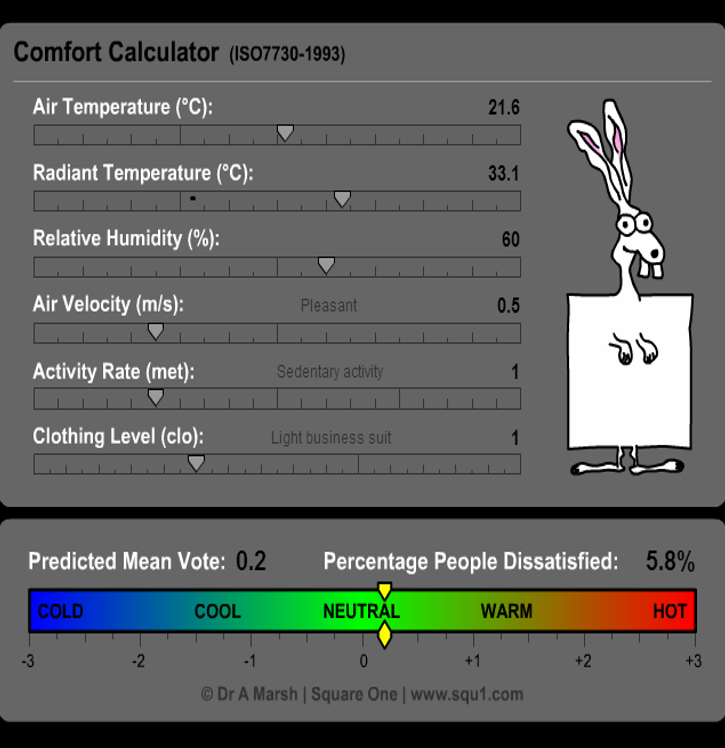
Equilibrium rate (PMV = 0.2, PPD = 5.8%) when air temperature 21.6 degrees Celsius, radiant temperature 33.1 degrees Celsius, relative humidity 60%, air velocity 0.5 m/ s, metabolic rate 1 meter, clothing insulation level 1 chlorine

The warmth rate (PMV= 2, PPD = 76.8%) when the air temperature is 30 degrees Celsius, radiant temperature 31.9 degrees Celsius, relative humidity 82.5%, air velocity 1.4m/ s, metabolic rate 1 meter, clothing insulation level 0.9 chlorine

Cold rate (PMV= -2.1, PPD=81.1%) when air temperature 8.9 degrees Celsius, radiant temperature 3.8 degrees Celsius, relative humidity 62.8%, air velocity 1.4m/s, metabolic rate 1.4 meters, clothing insulation level 1.4 chlorine
Predicted Percentage of Dissatisfied (PPD) predicts the percentage of occupants that will be dissatisfied with the thermal conditions.
From the PMV, it is possible to predict the proportion of people in the survey population with thermal dissatisfaction (PPD). When PMV is far from the neutral point (PMV=0) in both directions, PPD increases.
The maximum number of people who are not satisfied with their comfort condition is 100% and the fact is that you cannot satisfy everyone at all times so the recommended level of PPD at the US ASHRAE 55 requirement is less than 10% of people feel dissatisfied with their indoor space.
Adaptive comfort
Adaptive comfort models add a little more human behavior to the mix.
They assume that, if changes occur in the thermal environment to produce discomfort, then people will generally change their behavior and act in a way that will restore their comfort. Such actions could include taking off clothing, reducing activity levels, or even opening a window.
The main effect of such models is to increase the range of conditions that designers can consider as comfortable, especially in naturally ventilated buildings where the occupants have a greater degree of control over their thermal environment. Because they depend so much on human behavior, adaptation models are always based on extensive surveys of thermal comfort and environmental conditions inside/outside the building.
This study clearly shows that if people have the means to control their environment, it will significantly increase the percentage of people feeling satisfied and make it easier for them to overlook times when the structure is not working effectively.

